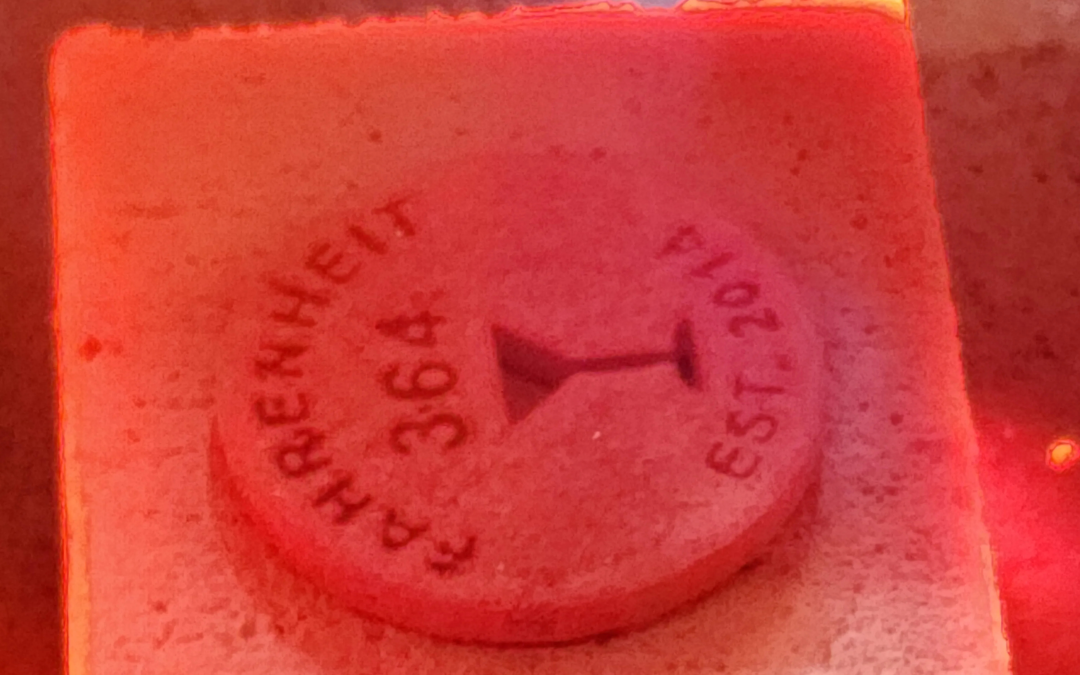Understanding Metal 3D Printing Technologies
Metal 3D printing technologies have revolutionized the manufacturing landscape, enabling the production of complex geometries that are often impossible to achieve with traditional methods. Techniques such as Selective Laser Melting (SLM) and Direct Metal Laser Sintering (DMLS) are at the forefront, offering distinct advantages in precision and material efficiency.
These technologies allow for the creation of lightweight structures without compromising strength, making them ideal for industries such as aerospace and automotive. For instance, companies are now able to produce intricate parts that reduce overall weight while enhancing performance, showcasing the transformative potential of metal 3D printing.
Applications of Markforged Products in Industry
Markforged products are widely utilized across various industries, including aerospace, automotive, and tooling, due to their ability to produce durable and lightweight components. The unique combination of advanced materials and cutting-edge technology allows for rapid prototyping and production of parts that meet stringent industry standards.
For example, aerospace manufacturers use Markforged printers to create components that are not only lighter but also capable of withstanding extreme conditions. This capability significantly reduces lead times and costs while maintaining high-quality output, further solidifying the role of Markforged in modern manufacturing.
Benefits of Using Filamet™ in 3D Printing
Filamet™ is a revolutionary metal 3D printing filament that combines the ease of use of plastic filaments with the strength of metal. This innovative material allows users to create metal parts with a standard FDM printer, making metal 3D printing accessible to a broader audience.
With Filamet™, users can achieve high-quality metal parts that are suitable for both functional prototypes and end-use applications. The versatility of Filamet™ makes it an attractive choice for hobbyists and professionals alike, as it simplifies the metal printing process without sacrificing quality or performance.
Future Trends in Metal 3D Printing
The future of metal 3D printing is poised for significant advancements as technology continues to evolve. Trends such as the integration of artificial intelligence and machine learning are expected to enhance the efficiency and accuracy of printing processes, leading to more reliable outputs.
Additionally, the development of new materials and hybrid printing techniques is likely to expand the applications of metal 3D printing, making it more versatile across various sectors. As industries increasingly adopt these innovations, metal 3D printing will play a crucial role in shaping the future of manufacturing.
Understanding Metal 3D Printing Technologies
Metal 3D printing technologies have revolutionized the manufacturing landscape, enabling the production of complex geometries that are often impossible to achieve with traditional methods. Techniques such as Selective Laser Melting (SLM) and Direct Metal Laser Sintering (DMLS) are at the forefront, offering distinct advantages in precision and material efficiency.
These technologies allow for the creation of lightweight structures without compromising strength, making them ideal for industries such as aerospace and automotive. For instance, companies are now able to produce intricate parts that reduce overall weight while enhancing performance, showcasing the transformative potential of metal 3D printing.
Applications of Markforged Products in Industry
Markforged products are widely utilized across various industries, including aerospace, automotive, and tooling, due to their ability to produce durable and lightweight components. The unique combination of advanced materials and cutting-edge technology allows for rapid prototyping and production of parts that meet stringent industry standards.
For example, aerospace manufacturers use Markforged printers to create components that are not only lighter but also capable of withstanding extreme conditions. This capability significantly reduces lead times and costs while maintaining high-quality output, further solidifying the role of Markforged in modern manufacturing.
Benefits of Using Filamet™ in 3D Printing
Filamet™ is a revolutionary metal 3D printing filament that combines the ease of use of plastic filaments with the strength of metal. This innovative material allows users to create metal parts with a standard FDM printer, making metal 3D printing accessible to a broader audience.
With Filamet™, users can achieve high-quality metal parts that are suitable for both functional prototypes and end-use applications. The versatility of Filamet™ makes it an attractive choice for hobbyists and professionals alike, as it simplifies the metal printing process without sacrificing quality or performance.
Future Trends in Metal 3D Printing
The future of metal 3D printing is poised for significant advancements as technology continues to evolve. Trends such as the integration of artificial intelligence and machine learning are expected to enhance the efficiency and accuracy of printing processes, leading to more reliable outputs.
Additionally, the development of new materials and hybrid printing techniques is likely to expand the applications of metal 3D printing, making it more versatile across various sectors. As industries increasingly adopt these innovations, metal 3D printing will play a crucial role in shaping the future of manufacturing.


